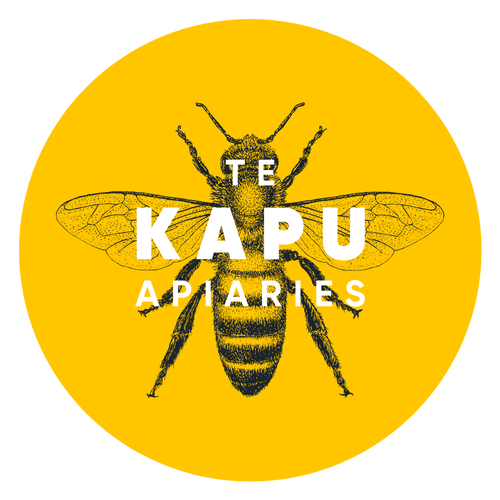Wairoa, NZ
Te Kapu Apiaries has a long-standing relationship with the Wairoa community supporting local entities. Te Kapu Apiaries has always employed local full time and part time workforce from the area.
Frasertown is a small settlement in the northern Hawke's Bay Region of New Zealand's eastern North Island. It is located inland from Wairoa at the junction of SH38, and the inland route via Tiniroto Road to Gisborne or Te Ureweras and Lake Waikaremoana (and further afield to Rotorua) and Frasertown to Wairoa.
Frasertown was originally called Te Kapu from which The Kapu Apiaries takes it name. The town was renamed Frasertown by early settlers after Major James Fraser who led military forces in Wairoa in the 1860’s. The Frasertown Cemetery contains graves dating form 1875 to 1962. The town has two marae, a general store, a tavern and primary school and has a population of about 960.
Wairoa is located on the northern shore of Hawke Bay at the mouth of the Wairoa River and to the west of Mahia Peninsula. Percentagewise, it is often known for being New Zealand's most Māori town, with over 62.29% of the population identifying themselves as Maori.
The district has been known historically as 'Te Wairoa'. In keeping with the district's vision of being bilingual by 2040, the use of the phrase 'Te Wairoa' when referring to the district is steadily increasing. Wairoa itself is Māori for "long water", referring to the length of the tranquil river that runs throughout the town. The Ruakituri River, and the Mahia Peninsula are tourist destinations found in Te Wairoa.
Wairoa was originally a Māori settlement. The ancestral waka (canoe) Tākitimu travelled up the river and landed at Mākeakea, near where Tākitimu meeting house stands today. The Wairoa river (full name: Te Wairoa Hōpūpū Hōnengenenge Matangirau) was an important source of food as well as a transport route for the local iwi (people).
Early settlement in the area included a whaling station and trading post, dealing largely in flax. These establishments offered sufficient income and attraction. Its initial name was Clyde, but this was changed largely to avoid confusion with Clive near Napier and Clyde in the South Island. The north part of the town is called North Clyde. The town rose to prominence during the New Zealand Wars, during which time it was a garrison town.
In 2014, following the election of a new Council and the appointment of a new Chief Executive, the district embarked on an ambitious programme of attracting novel and high-tech industry to the district in an effort to arrest and reverse gradual population decline and as a result of these economic development efforts, in 2016, Rocket Lab announced that it was establishing its Orbital Launch Site (known as Launch Complex 1) for its Electron Vehicle on the Mahia Peninsula. As such, the section of Te Wairoa coastline along which satisfactory space launch viewing experiences are likely is known as 'Space Coast New Zealand' - a more modest analogue of the Florida Space Coast in the United States.
Wairoa is known as a small manufacturing and farming service town. The district's population is about 8,500, with a land area of 4,119.18 km2 (1,590.42 sq. mi).
